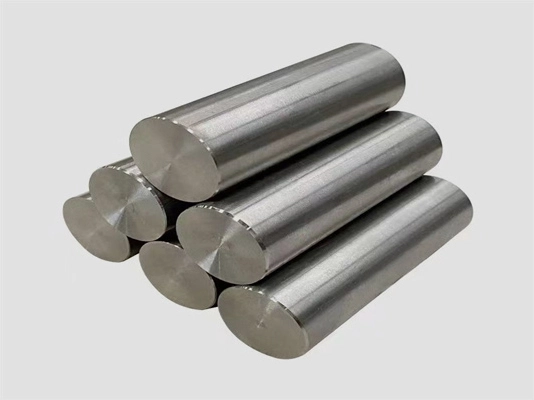SEARCH
Tantalum rods are cylindrical components made from high-purity tantalum metal, known for their remarkable resistance to corrosion and chemical attack. With outstanding mechanical strength and a melting point exceeding 3000°C, these rods excel in demanding applications such as semiconductor processing equipment, aerospace components, and medical implants where durability and stability are paramount.

The first step in the manufacturing process involves procuring high-purity tantalum. Tantalum is often derived from the mineral coltan (columbite-tantalite) through a series of chemical extraction and purification processes. The quality of the raw tantalum significantly impacts the properties of the final product, making the selection of high-purity raw material crucial.
Tantalum rods are commonly produced using powder metallurgy techniques. This process starts with tantalum powder, which is produced by chemical decomposition or by the reduction of tantalum oxide with a reducing agent. The powder is then purified to remove any impurities.
For applications requiring even higher purity and density, tantalum rods can be produced using Vacuum Arc Melting (VAM) or Electron Beam Melting (EBM) techniques. These methods involve melting the tantalum in a vacuum, which minimizes contamination and allows for the production of highly pure and dense tantalum rods.
After sintering or melting, the tantalum rod may undergo swaging and forging processes to achieve the desired diameter and mechanical properties. Swaging involves repeatedly hammering or pressing the rod to reduce its diameter and increase its length, while forging can refine the grain structure and improve the rod’s mechanical strength.
Tantalum rods are often annealed after swaging or forging to relieve internal stresses and improve ductility. Annealing involves heating the rod to a specific temperature, then cooling it at a controlled rate. This process can also enhance the rod’s corrosion resistance by promoting the formation of a stable oxide layer on its surface.
The final step in the manufacturing process involves surface finishing to achieve the desired surface quality and dimensional accuracy. This can include grinding, polishing, and cleaning to remove any surface imperfections and ensure the rod meets the specified tolerances.
PHONE
ADDRESS
Gaoya Village Industrial Park, Banyu Town, Baoji City, Shaanxi Province, China